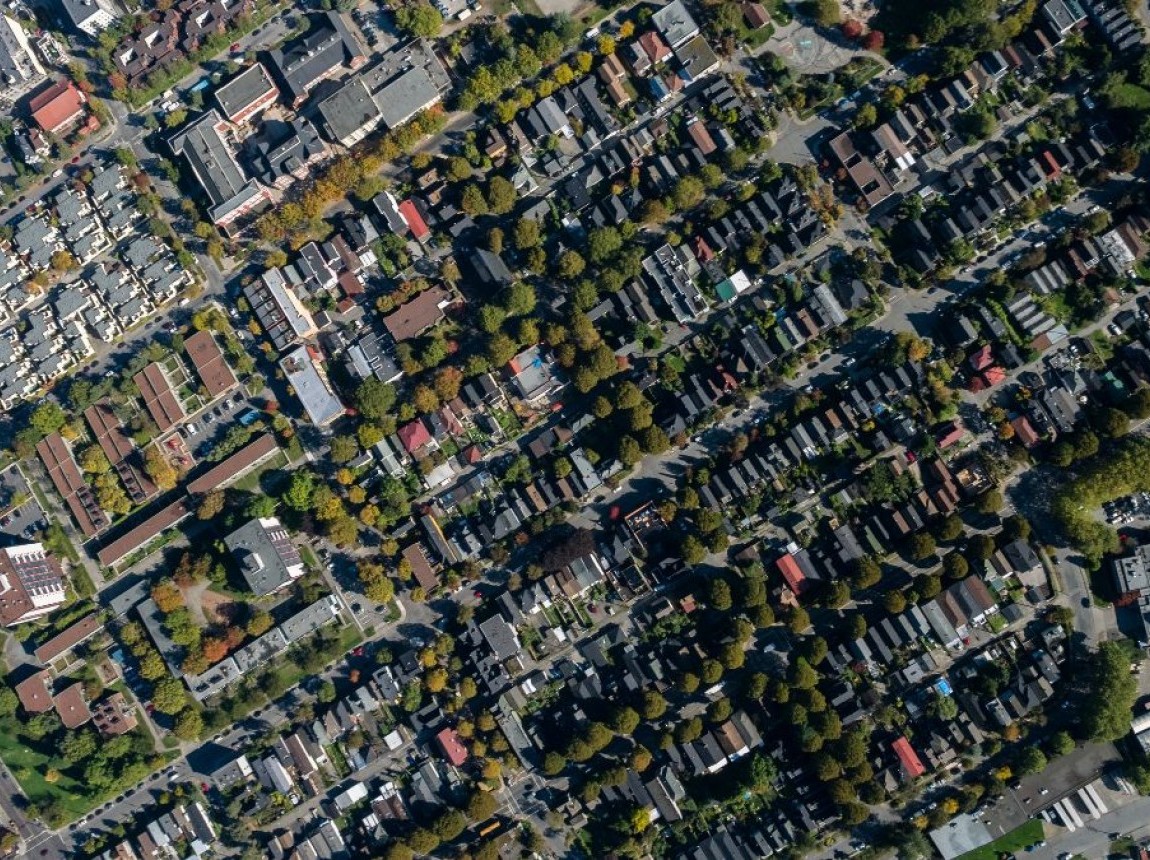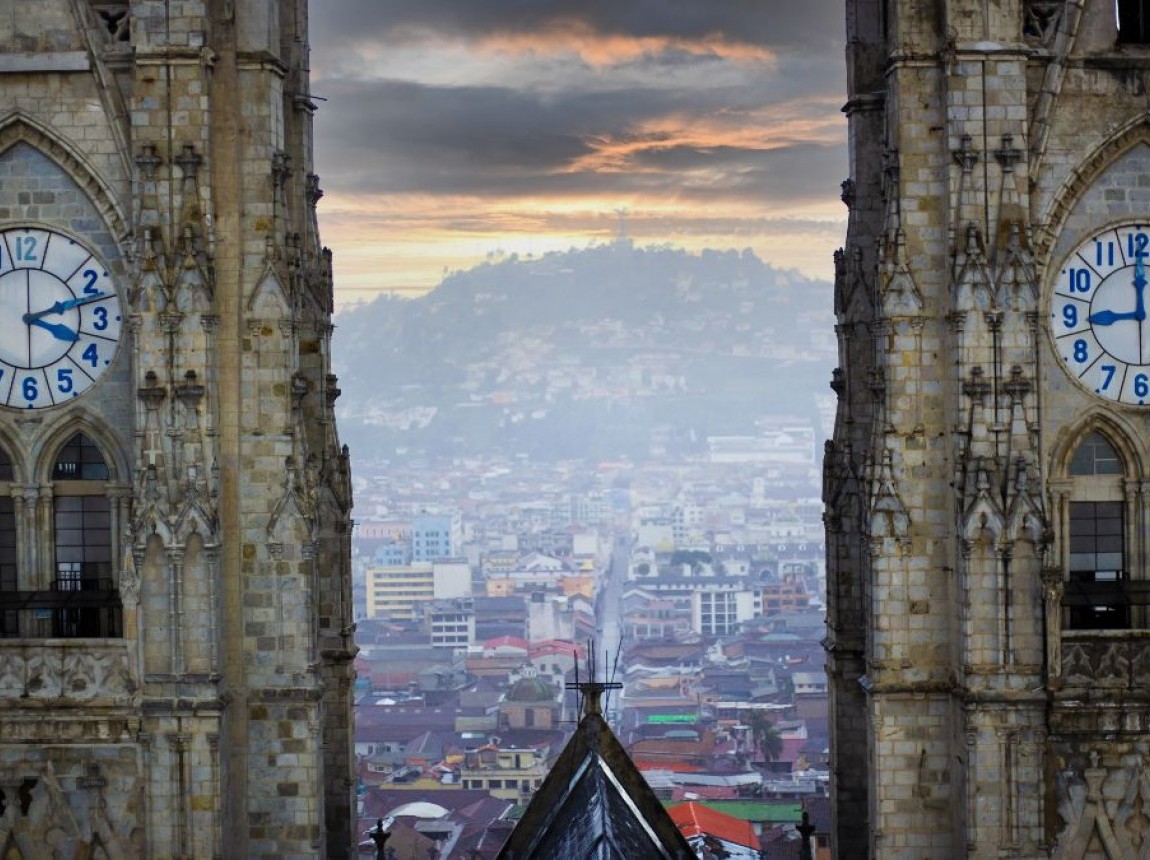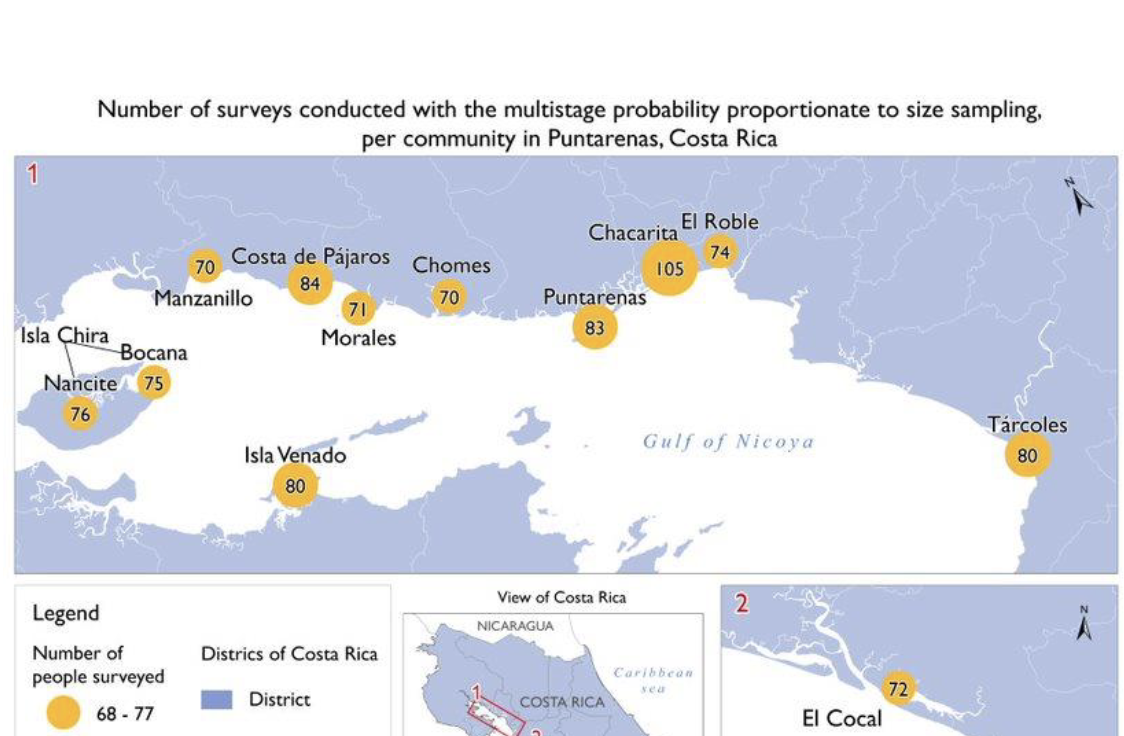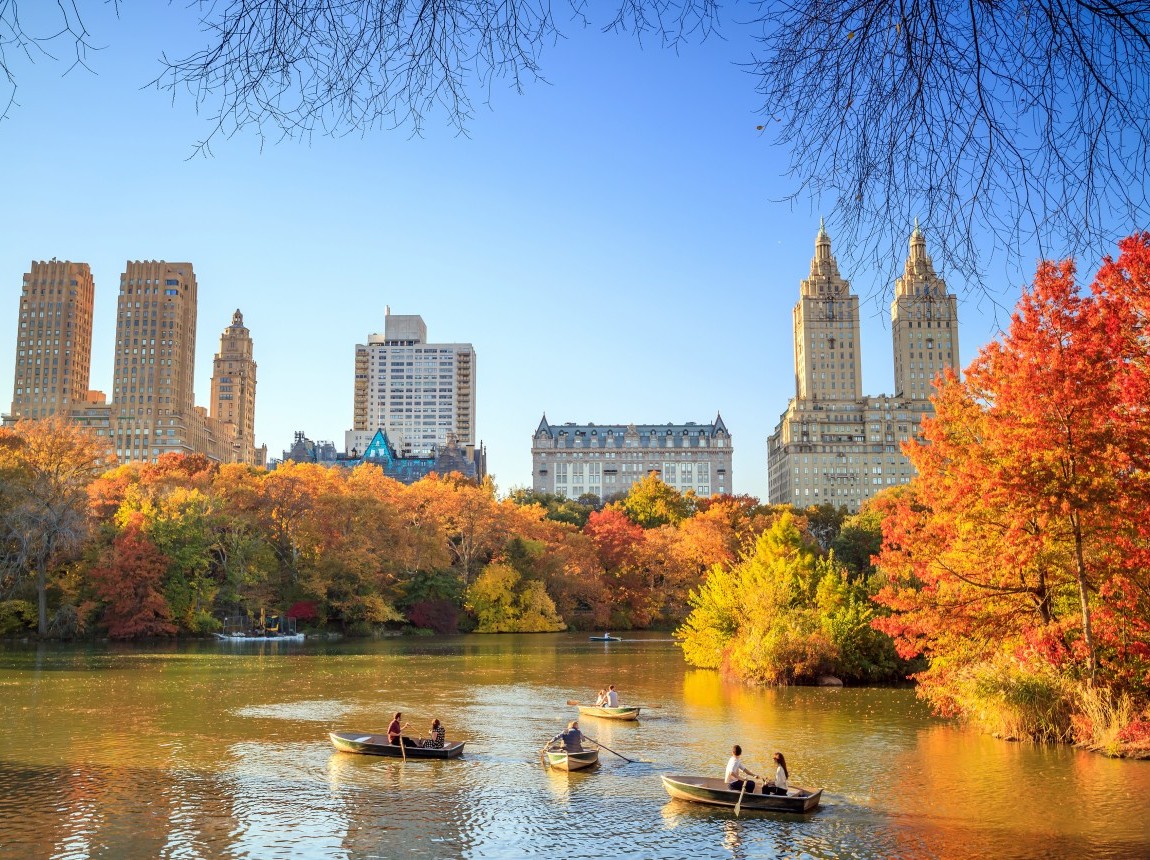Related
Unveiling the Shadows: Exploring the Reality of
Commercial Sexual Exploitation Among LGBTQ+ Youth in Out-of-Home Care

Transit does get money, after all.

Legislators Propose More Bus Service, Transit
Discounts in State Budget Negotiations

Metrolink Looks to Address Flagging Ridership with
Pulse Scheduling

Paris Is Worth More than a Publicity Stunt

Still $600M in Potential Savings from Second Ave
Subway Designs, Even After MTA Trims: Post Analysis

US Magnesium Avoided Paying Millions for Alleged
Air Quality Infractions and Gave Big Donations to Utah Lawmakers

Data Index Tool Offers Glimpse at School Success
Boundaries

City Planning’s Greatest Innovation Makes
a Comeback

We Need Long-Term Thinking
on Crime and Violence Issue

New Geography

Second Avenue Subway Inches Forward on Phase Two
Extension

MTA Review of Subway Expansion Finds
$300M in Savings

MTA’s ‘Reckless Spending Spree’ Needs Extra $1B

Shelved Penn Station Fixes Could Avoid
$17 Billion Expansion

Demand Grows in Central Pennsylvania for $2
Uber-Like Door-to-Door Rides, So Why Is That a Problem?

On-Demand Microtransit Can’t Escape This Big
Problem

Cities Need (a Lot Less) Planning

“How the Suburbs Could Become 15-Minute Cities”
Mentions Alain Bertaud

“America Needs More ‘Bureaucrats,’ Not Fewer”
Mentions Alon Levy
Solly Angel’s Online Course Profiled by NYU News

Alain Bertaud’s Vancouver Visit



























































